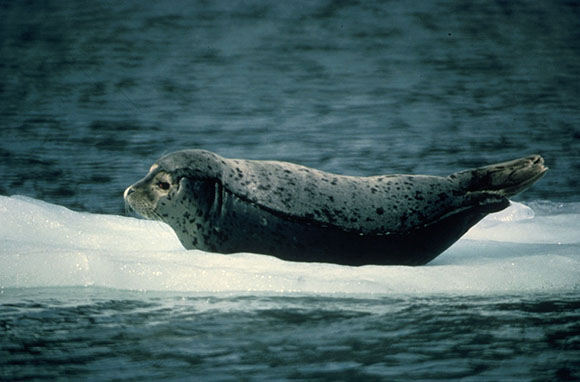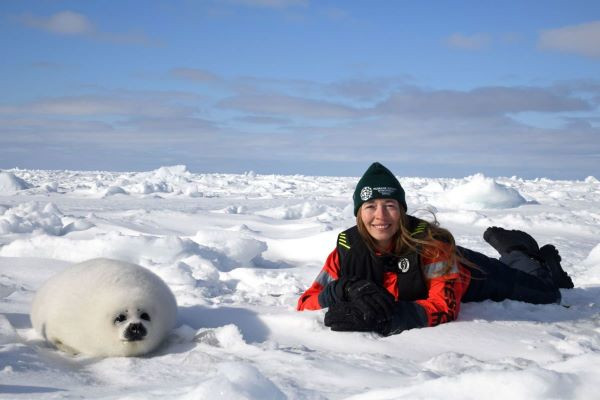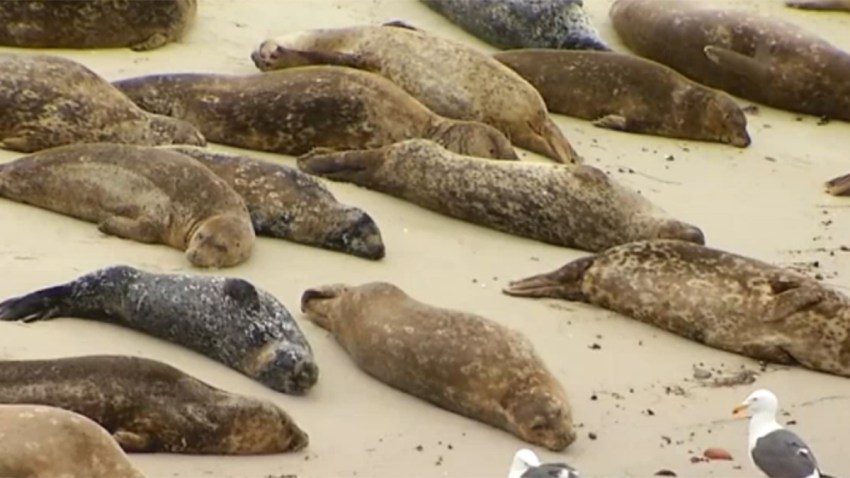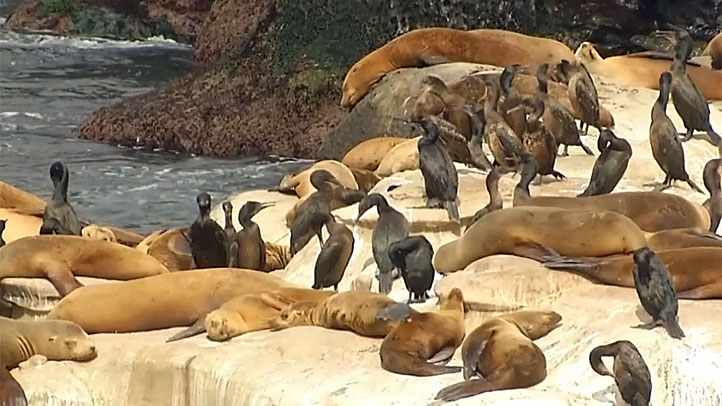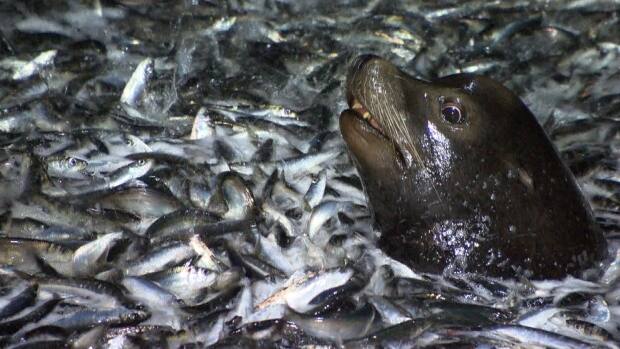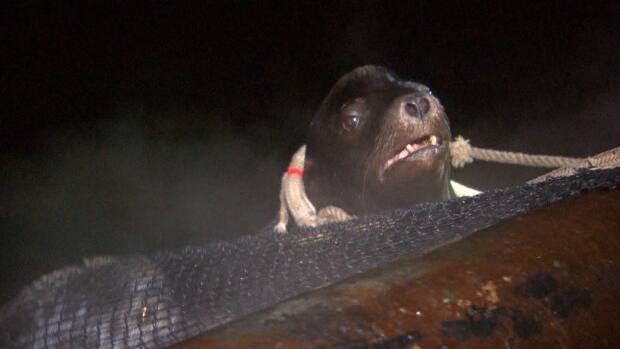‘I was in disbelief … I’ve never seen anything like it’Author of the article:Samantha PopePublishing date:Apr 16, 2021 • 1 day ago • 4 minute read • 71 Comments

Article content
A Cape Breton resident has made a disturbing discovery: Almost two dozen decapitated seals dotting the shores of two beaches.
“I was in disbelief … I’ve never seen anything like it,” said Kimberly Hayman, who’s lived in Dominion, Nova Scotia for three years. “I don’t like to see any animals suffer. I was just really disturbed.”
Former Toronto Maple Leafs GM wins tax battle as judge calls CRA’s position ‘absurd’


While on a midday stroll along Big Glace Bay’s shoreline on Sunday, Hayman said she and some friends were startled to find 10 headless seals — all with holes in their torsos — sprawled along the pebbly beach. There was no odour and the bodies still looked pretty fresh, she said, with dogs curiously running over to investigate.
Though she said she felt upset by the sight, she didn’t think much else of it. Then the next day, while out on her usual sunrise walk along nearby Dominion Beach, Hayman said she counted 11 more of these decapitated animals and began to wonder what was going on.
Advertisement
STORY CONTINUES BELOWThis advertisement has not loaded yet, but your article continues below.
Article content
“I just kept taking pictures because I was thinking, ‘This can’t be normal — that’s 21 in total,’” she said.

Fisheries and Oceans Canada confirmed it is aware of the headless seals, though it said Nova Scotia’s Marine Animal Response Society (MARS) is taking the lead on the situation. It’s a familiar incident to the group, as several hundred dead seals were also found washed up near Cape Breton and Sambro shores in April last year.
In that case, the society’s response co-ordinator told CBC News it didn’t appear like the seals were killed as part of the seal hunt, as their skulls were intact and had not been crushed. This time around, Hayman said she saw no skulls nearby.
Similar issues have also persisted on the west coast of Canada, with headless sea lions found along British Columbia shores instead of seals. Last June, marine mammal zoologist Dr. Anna Hall said she believed decapitated sea lions along eastern Vancouver Island shores were deliberately beheaded by humans, with one incident being filmed on camera.
As for what’s happening on Nova Scotia beaches, Hall said she believes a similar crime may be happening. There appears to be consistencies among the carcasses, she said, reminding her of what she saw last summer on Vancouver Island.
Advertisement
STORY CONTINUES BELOWThis advertisement has not loaded yet, but your article continues below.
Article content
“The carcasses have a distinct similarity to them,” she said. “While we can’t say definitely that the seals on the east coast have been decapitated by human efforts, it does seem that is a distinct possibility looking at the photographs.”
However, MARS’s executive director and marine mammal biologist Tonya Wimmer said it appears to be a natural occurrence that happens every year to varying degrees, especially when sea ice has not been particularly thick or prevalent.
Though she hasn’t received images of all the seals yet, Wimmer said the holes don’t appear to be man-made, despite people assuming they have been caused by gunshots or other human-related trauma.
“From the images and information we’ve received, many of the holes are where the umbilicus would have been and is likely scavenging by other animals,” she said, explaining how it’s quite common for scavengers to target the area around the belly button, genitals or eyes.
Though there have been different theories about what happened, including that seal heads are being crushed by moving ice, Wimmer said she can’t say for certainty that’s what’s happening this time around.
Advertisement
STORY CONTINUES BELOWThis advertisement has not loaded yet, but your article continues below.
Article content
“The cause remains unknown,” she said. “(But) for the majority of animals we’ve examined during the incidents we’ve documented, it doesn’t appear to be due to human interactions.”
Hall said she doubts sea ice is to blame.
“I would be very surprised that this many seals would be decapitated by sea ice,” she said. “I’ve never heard of that before. That being said, I’m in Pacific Canada where we don’t have that issue.”
Either way, Hall said it’s disturbing to see that many decapitated seals in one localized region — which she said is cause for suspicion. While she said it could also be a result of shark predation, she said she still believes there might be something more to it.
“The sheer number of animals discovered within such a short time frame — 21 animals in three days — suggests that there is a possibility that those numbers could actually be higher,” she said. “It seems more likely that there is a human element to this, and I would really hope that DFO will take the appropriate steps to determine definitively what the cause of death of these animals were.”
For Hayman, she said coming across these seals was quite an unsettling experience, especially not knowing for sure what happened to them. She added she would hate to see it happen each year.
“I just feel like if this isn’t happening naturally, then what the heck is happening?” Hayman said. “To me, it’s bizarre.”

